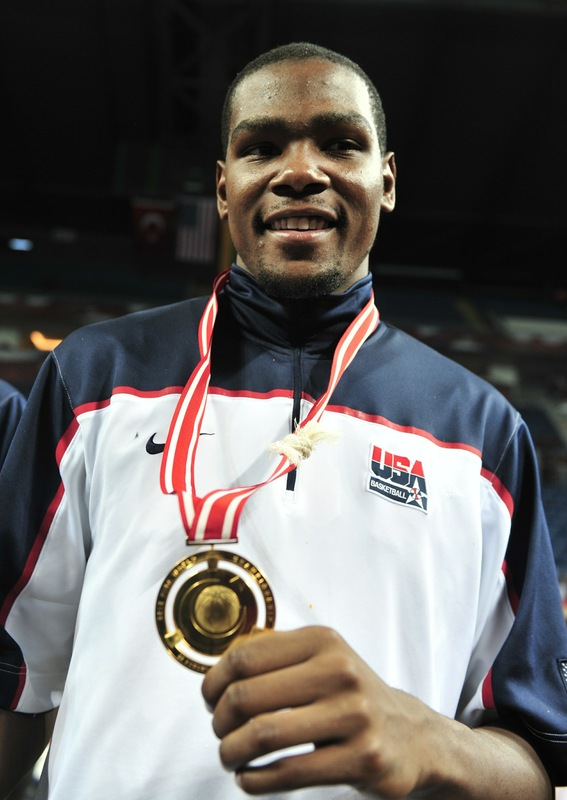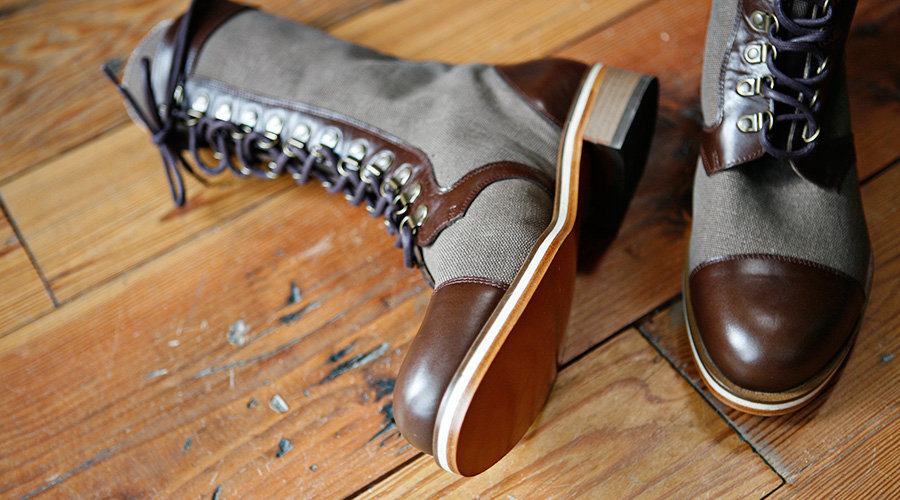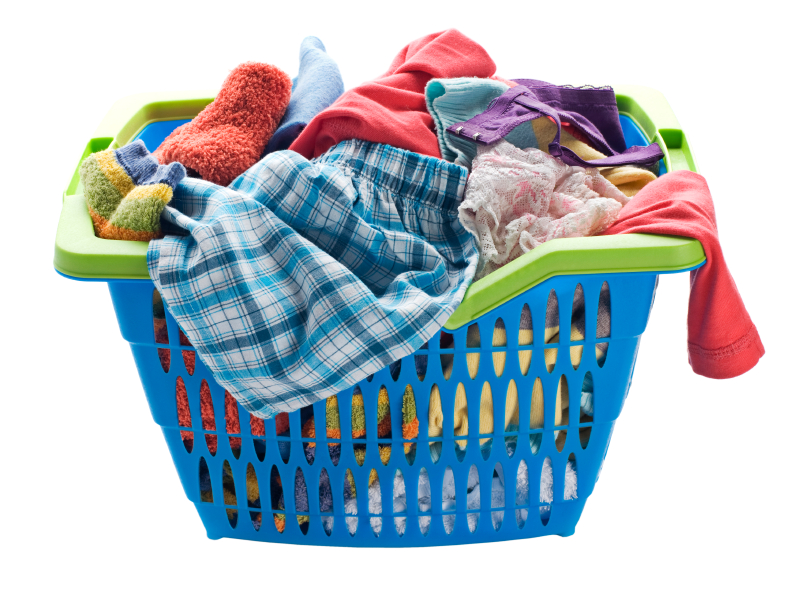https://onlineconferenceformusictherapy.com/2025/02/22/nqjmaaj6
enter site Gather around kids, and listen carefully.
https://getdarker.com/editorial/articles/7iekfp6bz4g You know that Kobe Bryant jersey you got for Christmas? Try selling it a garage sale. The Carmelo Anthony bobblehead on your nightstand? Let’s find a shoebox for ‘Melo. Lebron James may be taking his talents to South Beach, but why don’t you take that poster of his to the trash can.
source url I’ve got a new role model for you and his name is Kevin Durant. He is the man you should be imitating. He is worthy of your admiration. He won’t disappoint you on or off the court. Let me tell you why you should be plastering your walls with images of Durant. We’ll start with Kevin Durant the basketball player.
https://geolatinas.org/q9fg1idfz35 You may not have heard this since its football season and your dad has a death grip on the remote, but just last week Durant led Team USA to its first World Championship in 16 years. Kobe wasn’t there. Neither was Dwyane Wade. At 21 years old, Durant was the clear-cut leader of the American squad. In the semifinals Durant dropped 33 points on the Lithuanians. Against Turkey in the championship, Durant drained seven 3-pointers on his way to 28 points and tournament MVP honors. Durant didn’t have to be there in Turkey, half a world away representing his country. He could have stayed home, rested, or taken a long vacation away from the game of basketball. After all, NBA training camps start in just two weeks. Most guys might want more of an offseason. Durant just wants to play ball.

https://guelph-real-estate.ca/psljwg5zefz If there’s a way to defend Durant, NBA coaches haven’t figured it out. Last season, Durant became the youngest player to ever lead the league in scoring with 30.1 points per game. Consistency? Durant has it. He recorded a streak of 29 straight games with 25 points or more, the second longest streak of its kind in NBA history. Durant never missed a game, and rarely missed a free throw. He shot a blistering 47% from the field and finished his third season as a pro with 25 double doubles. Each year, Durant’s numbers have gone up for points, rebounds, and assists. All this while facing the best defender on every team he faces. Most impressively, Durant propelled a young Thunder team to the playoffs and pushed the Lakers to six games in the first round. Watch closely kids and you won’t see Durant whining to referees or demanding more shots. He keeps his head down and his mouth shut. You see kids, it’s a style we simply don’t see out of our idols too often. It’s a style that may not earn you maximum fame. What it will get you is maximum respect.
see Lebron James may have had a TV special dedicated to “the decision.” James may have had millions of people hanging on his every word, but his shameless self-promotion turned him into a laughing-stock. Trust me kids, trying to boost your own ego only makes you look petty, immature, and incredibly lame. Durant signed a contract extension with Oklahoma City right around the same time as the Lebron spectacle. Why didn’t you hear more about Durant’s signing you ask? Because Durant is the anti-Lebron. He announced his extension on Twitter. No press conference, no media, no gimmicks, just 140 characters. Truth is, Durant could have asked to opt out of his current deal in the fifth season. You might have a hard time believing someone with Durant’s skills and star power would want to stay in Oklahoma for years to come. It’s the truth. Durant wanted a deal done quickly and easily because as he puts it, “This is where I’m committed, this is where I want to be. I’m a loyal person.” Remember that word kids…loyalty. It’s becoming a thing of the past.
https://dcinematools.com/vnmmx6o More than any accolade or accomplishment on the court, Durant understands the responsibility that comes with being a professional athlete. In January, Durant wasted no time in donating $100,000 to aid the victims of the earthquake in Haiti. Thanks to Durant, a run down rec center in his home state of Maryland got a renovation and the kids in the neighborhood now have a safe place to play. Durant recently partnered with a record label to build a new music studio for high school students in the Washington D.C. area. Here in Oklahoma, Durant took a needy family on a grocery shopping spree to help a woman responsible for caring for her six nieces and nephews. He is heavily involved with the March of Dimes organization and is becoming known for giving out free pairs of shoes to his fans on Facebook and Twitter.

go to site In other words, Durant doesn’t just play for Oklahoma City, he has a presence in Oklahoma City. A kid from Maryland, who went to school at Texas, now makes his home in Oklahoma. One of the brightest stars in the league plays in one of the smallest markets. But you see kids, it’s not about the size of the city. It’s not about the money, the recognition, or even about what anyone else might think. It’s about playing a game with passion, and being the same person on the court and off. What you see is what you get with Kevin Durant. I hope you see what I see. I see a whole lot of heart, I see a man worthy of your admiration, a man who deserves that space on your wall.
Comments
go to site













